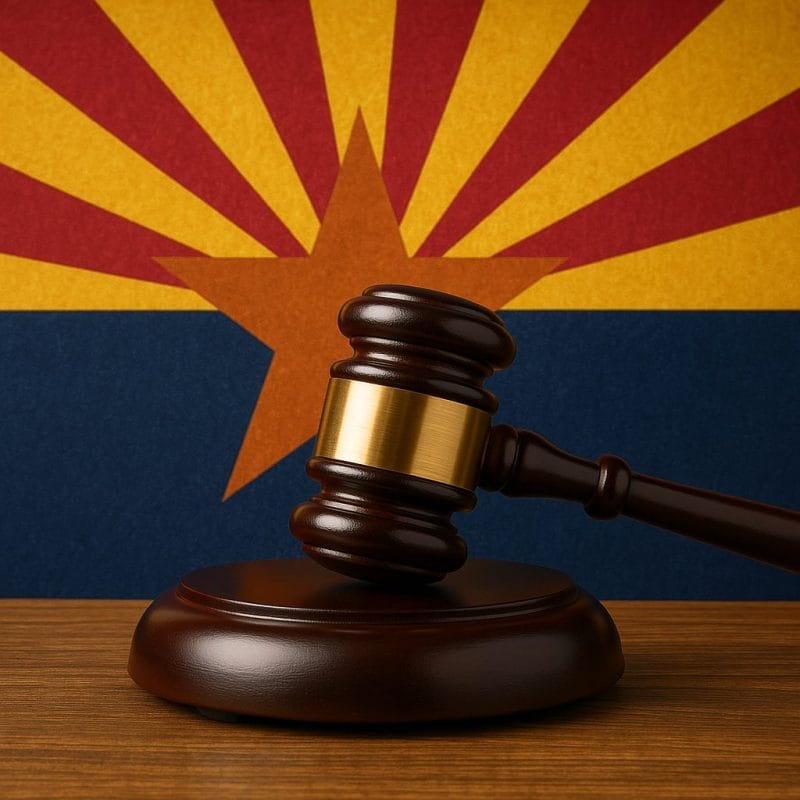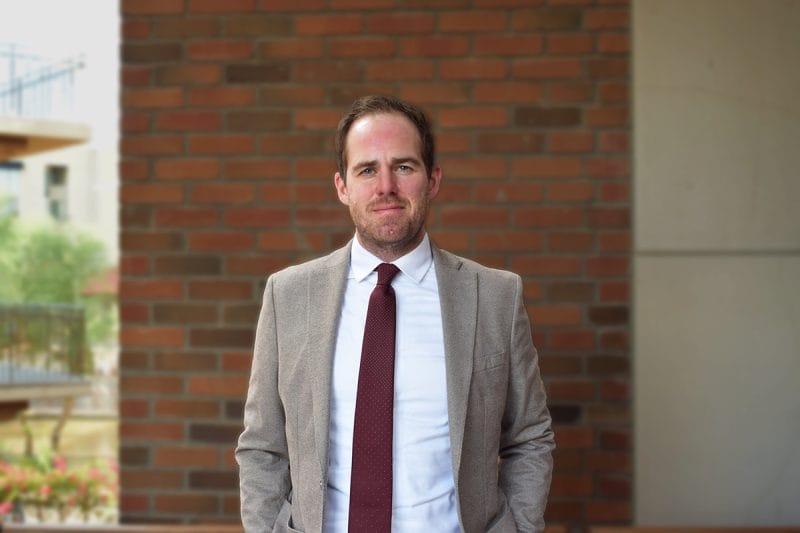By Paul Basha, traffic engineer, Summit Land Management


Nobody likes a red light . . . for us. We deserve green lights everywhere always! Red lights are for other people! Obviously, we all recognize that both green lights and red lights are necessary. The very purpose of a traffic signal is to stop some cars to allow other cars to go. Each of us is sometimes content with life and can wait patiently. And other times, we have important places to be immediately, and the traffic signals do not seem to much care.
Oh, in the photograph, the little camera high on the post? That tells the signal if cars are waiting for a green light. Sometimes it works for motorcycles, not always. Never bicycles.
The inherent traffic movement conflict between safety and efficiency is most obvious with left-turn arrows. So much more efficient when personal accountability allows us to turn left when there are no conflicting cars, without waiting for government authorization to turn. Though, so much safer when all other vehicles must stop just for us.

Some traffic engineers, those on the safety side, believe left-turn arrows should be at all intersections, and left-turns should only be allowed on a green arrow with red arrows all other times. Some traffic engineers, those on the efficiency side, believe there should never be left-turn arrows. Obviously, most traffic engineers recognize that different situations suggest different left-turn arrow operation.
The dominant reason for red left-turn arrows is safety. When a roadway curve makes it difficult to see oncoming opposing through vehicles, red left-turn arrows are wise. Hayden Road at Chaparral Road and Indian School Road at 68th Street are two such intersections in Scottsdale.
Sometimes the left-turning vehicles in the opposing left-turn lane or the median obstruct the view of oncoming opposing through vehicles. The intersection of Frank Lloyd Wright Boulevard and Cactus Road was reconstructed to narrow the median and provide striped triangles between the left-turn lanes and the through lane. This was necessary because of several left-turn collisions.


Red left-turn arrows are often installed when numerous left-turn collisions have occurred in the past that cannot be prevented with other construction.
Almost always, with two left-turn lanes, red left-turn arrows are installed. Tucson is different – in many respects. Generally, they do not have red left-turn arrows where they have two left-turn lanes. Scottsdale has two such intersections – though both have two westbound left-turn lanes and one eastbound left-turn lane: Thunderbird Road at Scottsdale Road, and Roosevelt Road at Hayden Road.

Traffic engineers much prefer, and so do non-left-turning drivers, no left-turn arrows. So much simpler: one street has green or yellow and the other street has red. Only two choices.

When left-turn arrows are included, suddenly there are four green choices. When someone has a green, someone else has a red. And look at all that red! Good thing there are no bulls on the Valley streets anymore. Though we all kind of miss those cattle drives from Goldie Brown Ranch to the Rusty Spur Saloon. Yeah, we know, not the color of the cape, the movement of the cape, infuriates the bulls. Kind of like no traffic movement infuriates drivers.

All that red for the northbound and southbound straight and right-turning cars is because there must be three separate green lights and three separate yellow lights. Also notice, there are times when the signal shows red for all directions and movements. If only all this extra red were not necessary. Unfortunately, too many drivers believe yellow is simply another shade of green. The all-red time allows all conflicting vehicles to see red (pun intended) before the next movement sees green. It’s a wonder anybody gets anywhere!

ife is best when the signal shows four different colors – not all at once, each at its own time. This allows a green left-turn arrow only when needed. When there are too many left-turning vehicles and too much opposing straight traffic, this is a good choice. Best as lagging left-turn arrows, so the left-turners have the opportunity without the left-turn arrow. Better for everyone if the left-turns can occur on the green light for through traffic, and the left-turn-green and yellow arrows are not needed.

Efficiency requires no left-turns anywhere. If you do not feel safe turning left at an intersection without a left-turn arrow, then turn left somewhere else, or make three right-turns (common practice in Detroit). Unfortunately, there are too many intersections where drivers have proved they cannot be trusted to safely turn left without an arrow.
Unfortunately, at many locations, safety demands left-turns only be allowed on a green arrow when all other movements have red. The traffic engineer’s goal is that both you and your vehicle are able to drive to a different intersection very soon, and repeatedly, for happily ever after.
Curious about something traffic? Call or e-mail Paul at (480) 505-3931 and pbasha@summitlandmgmt.com.








